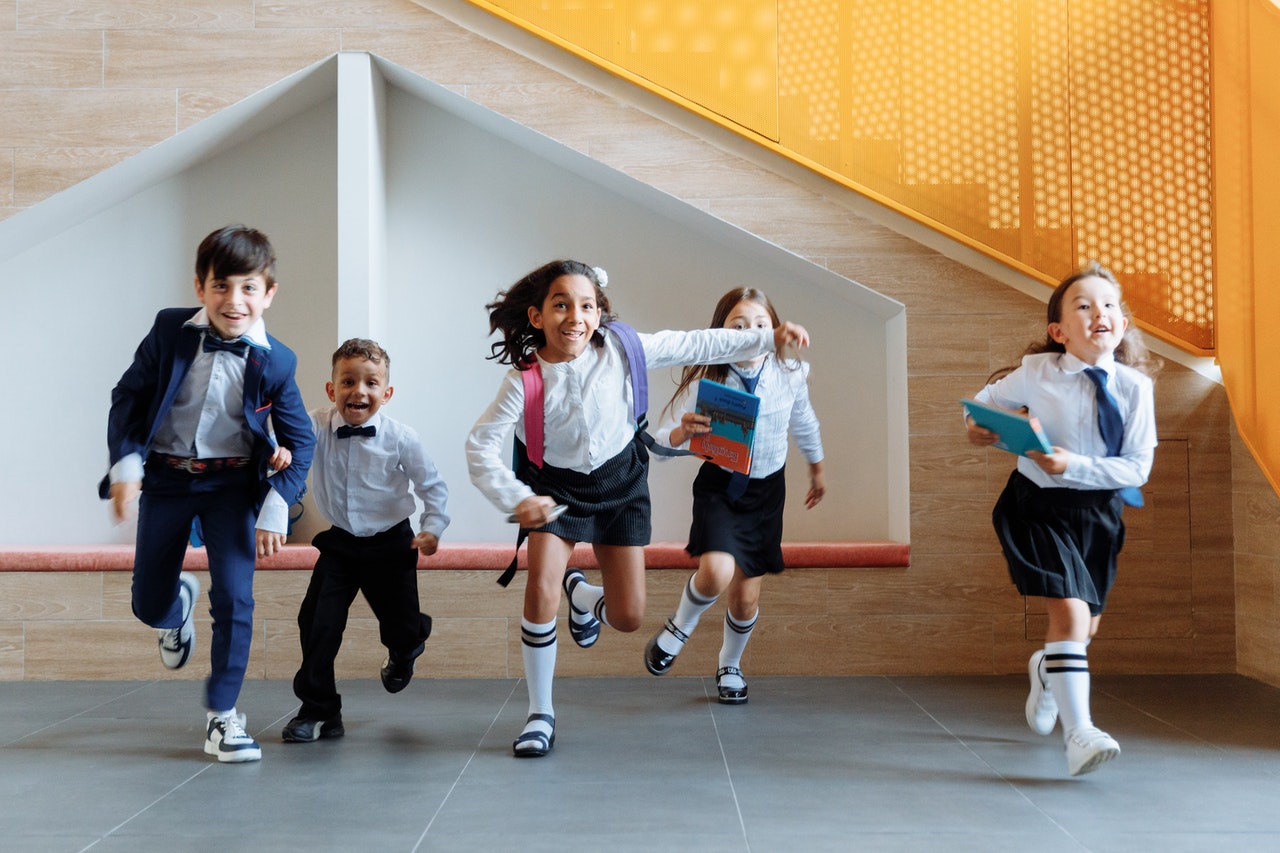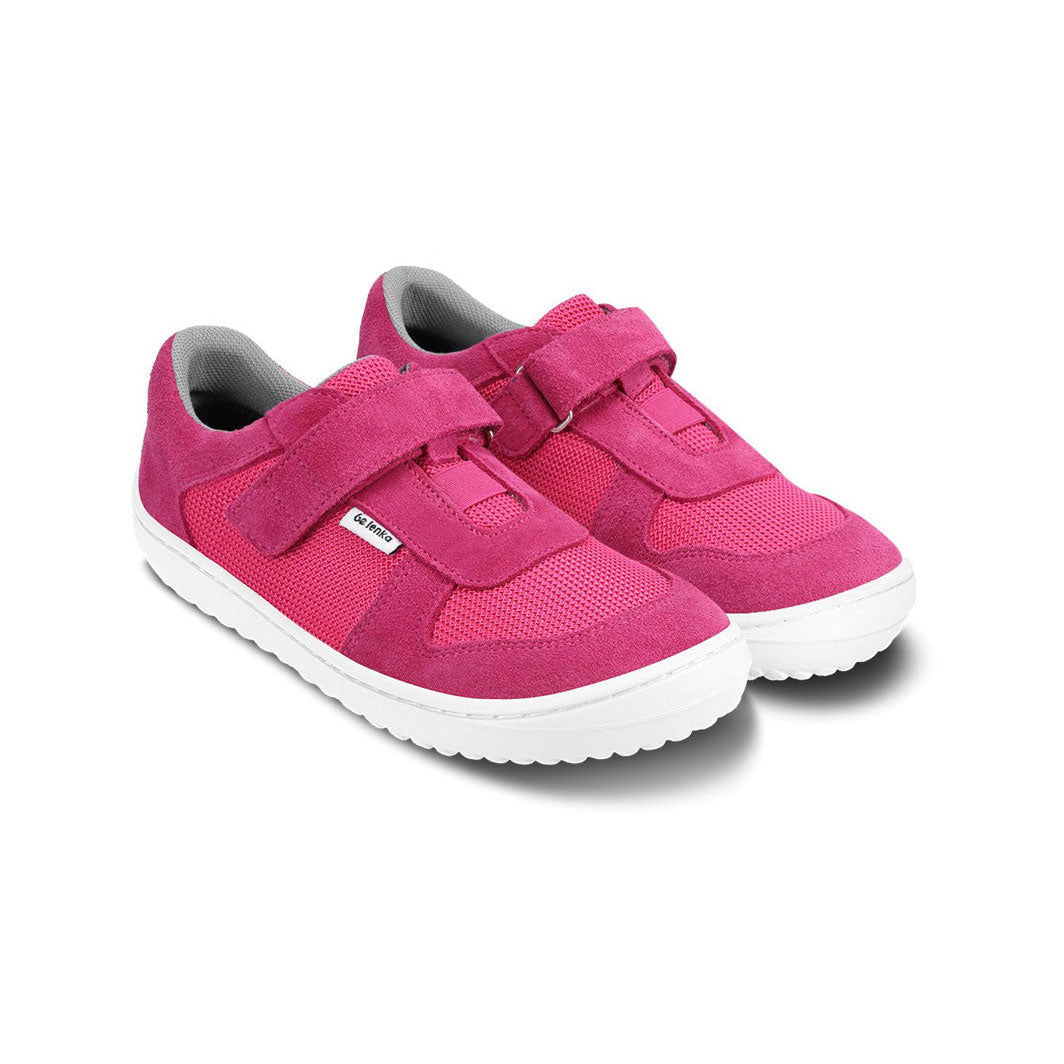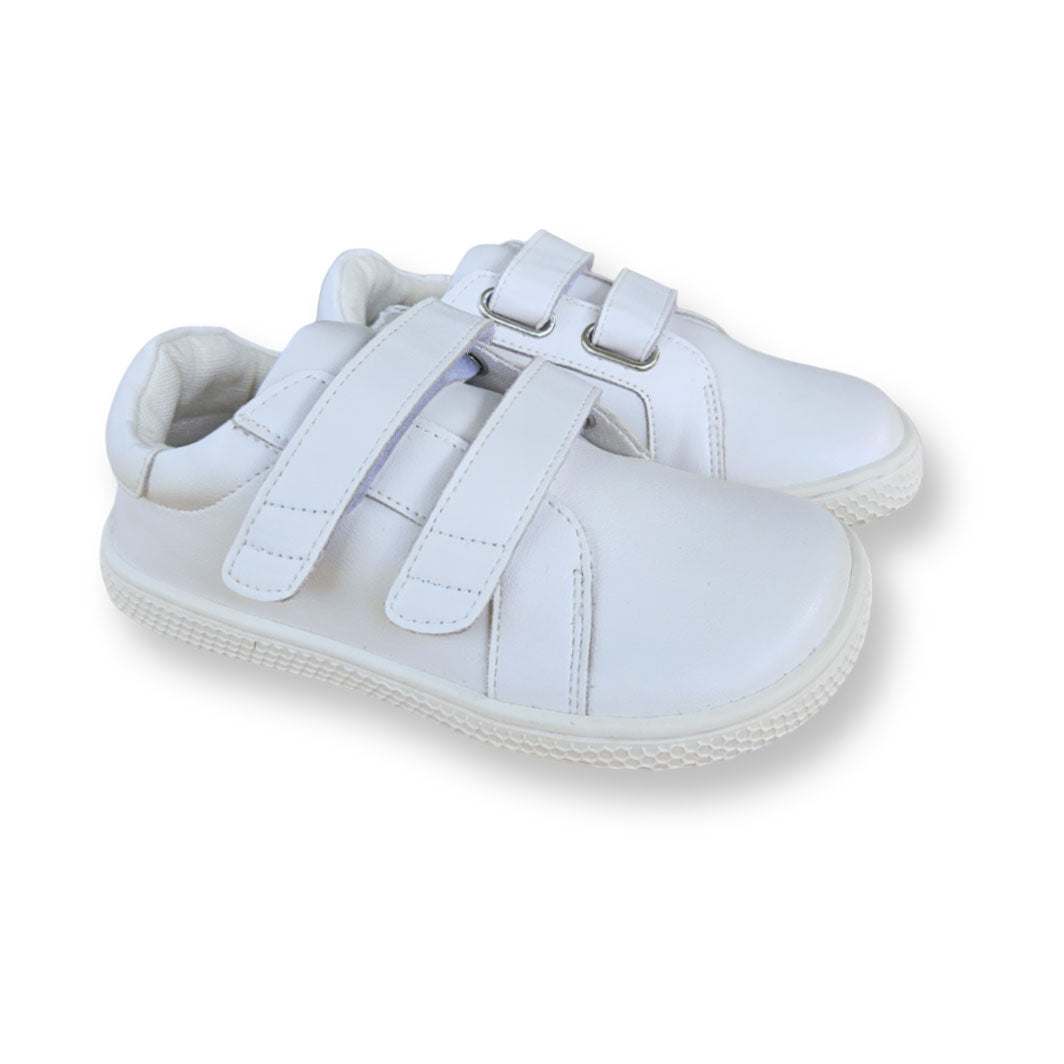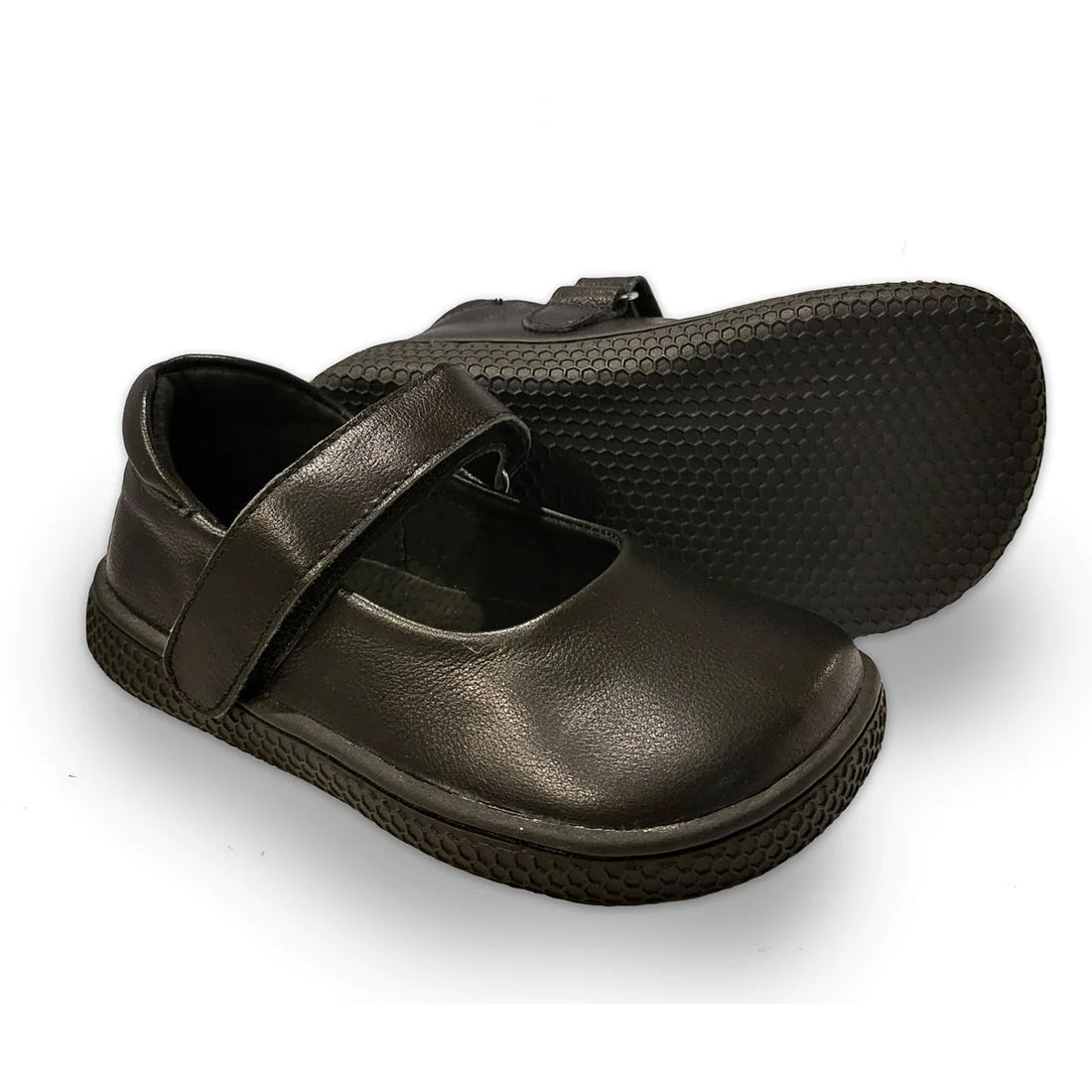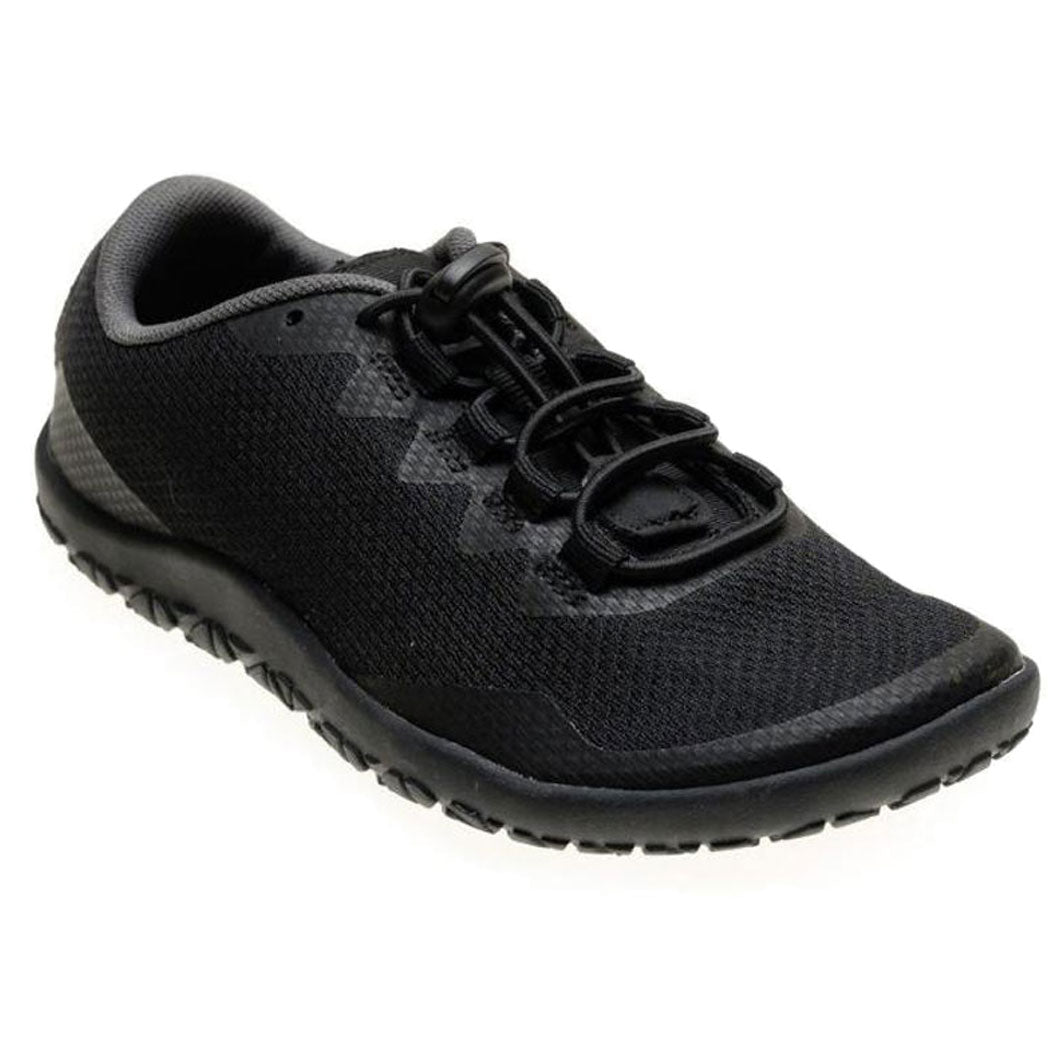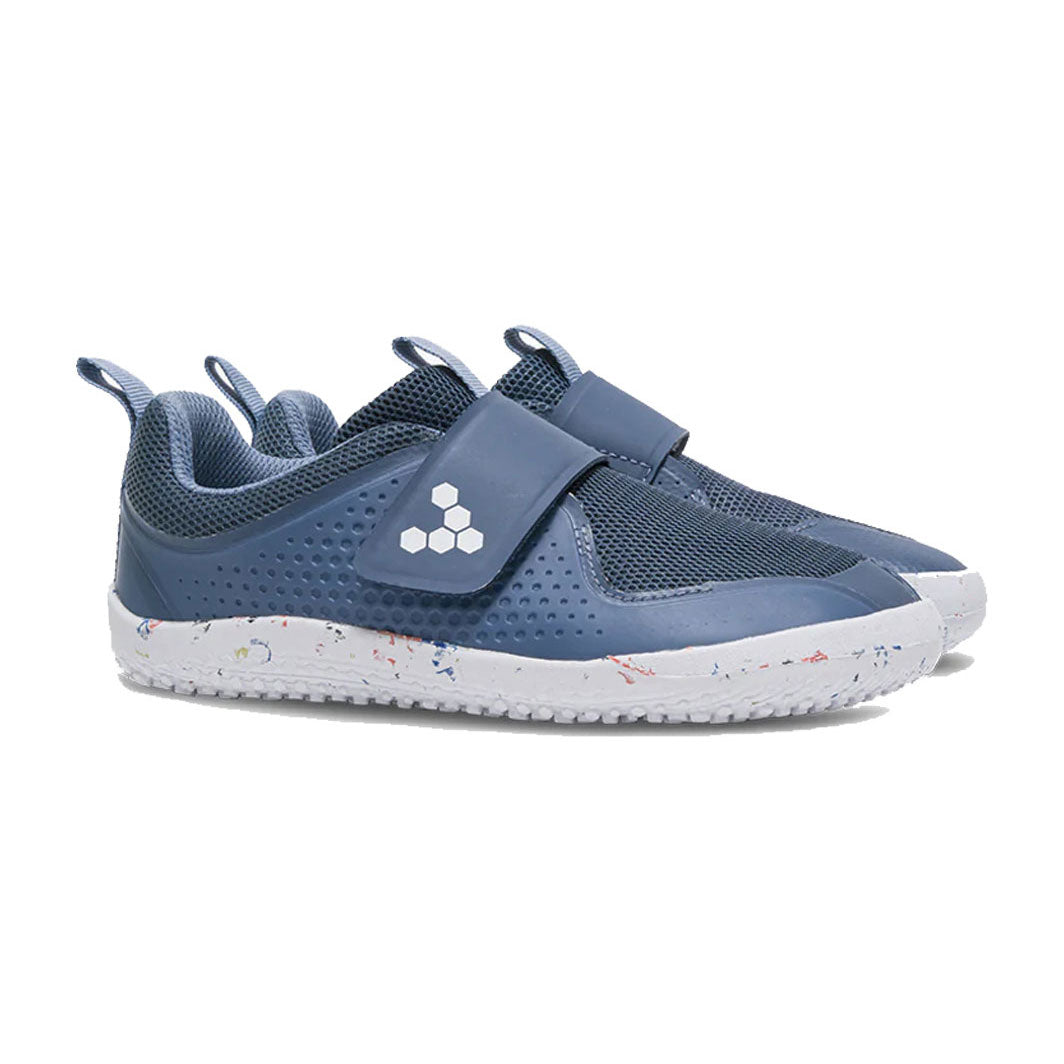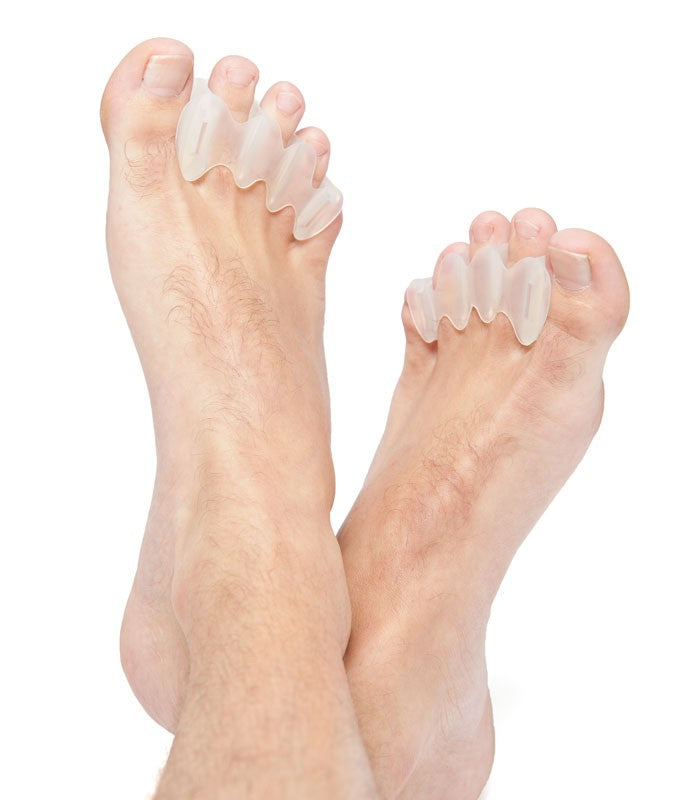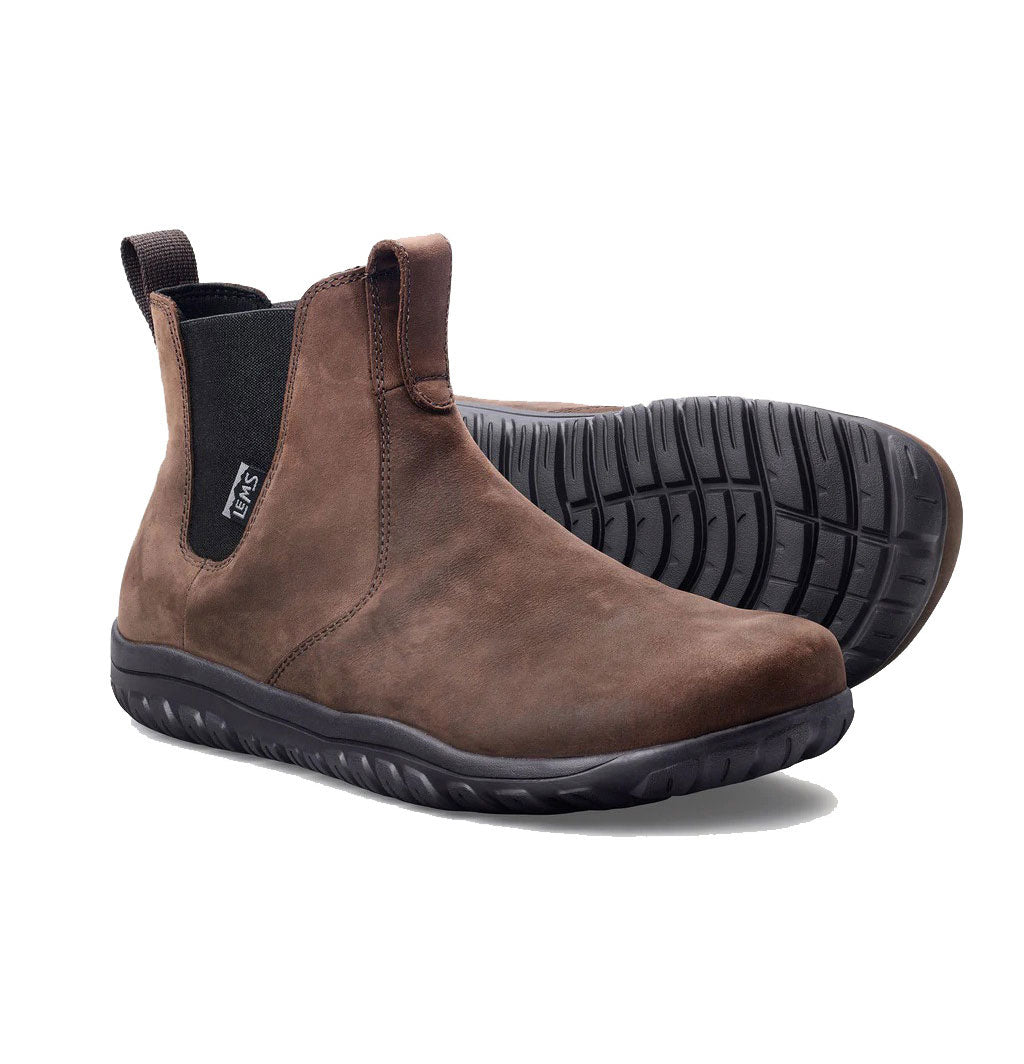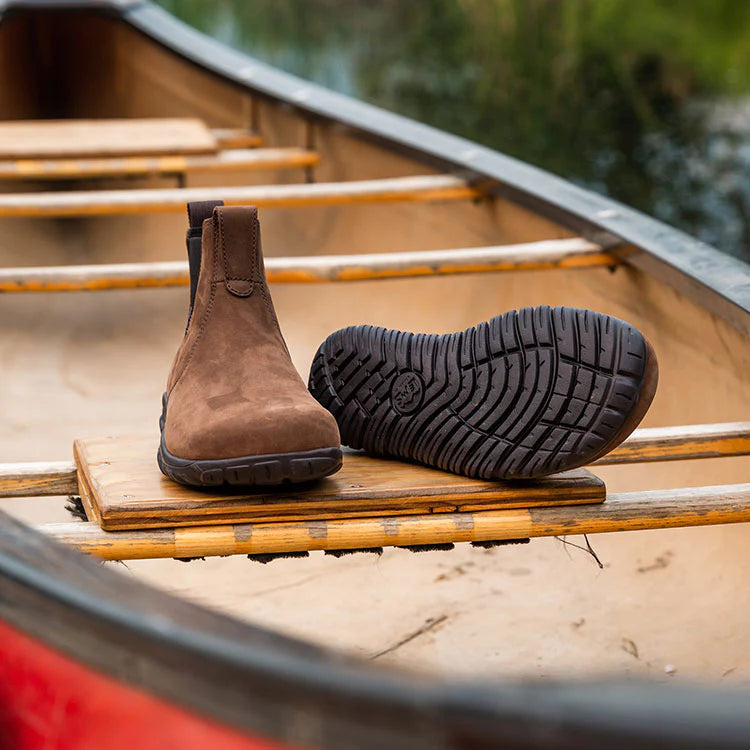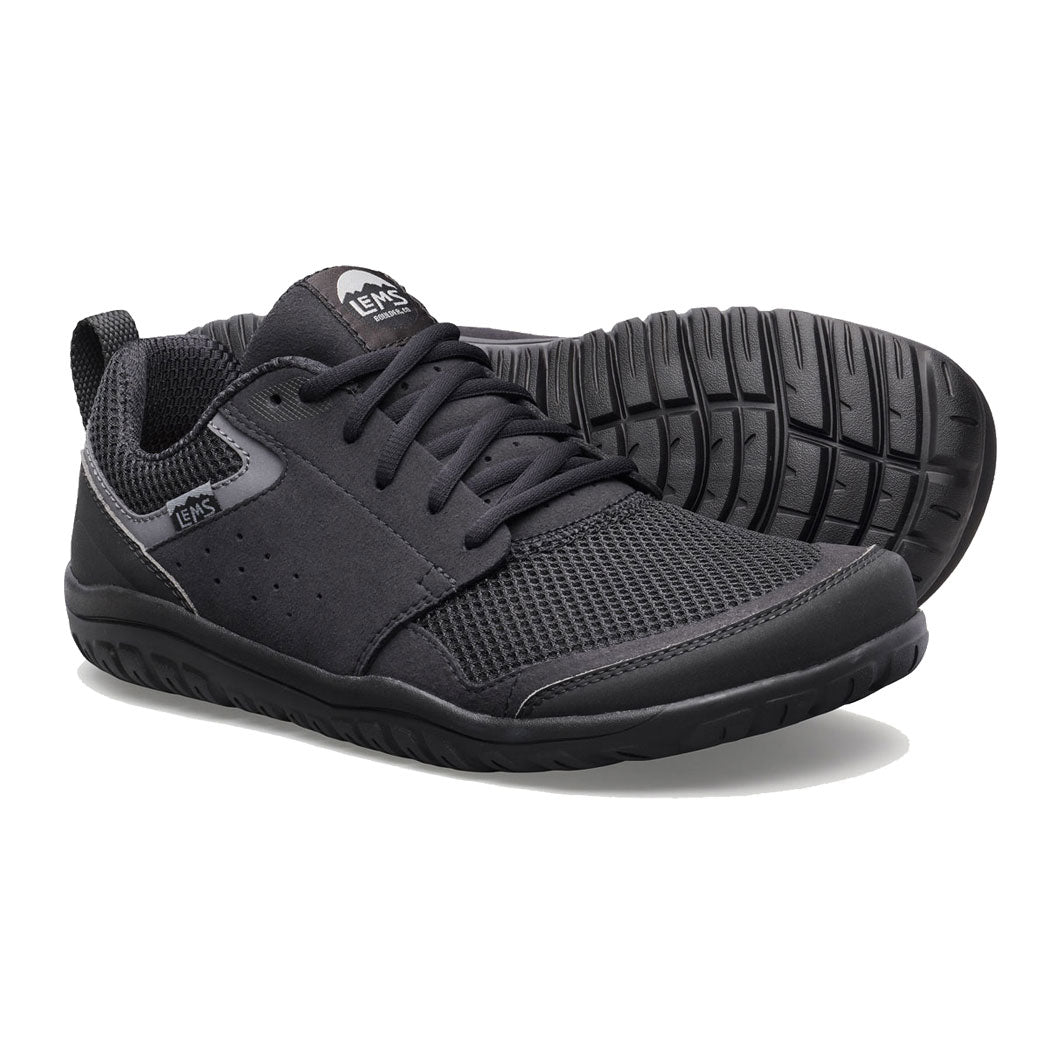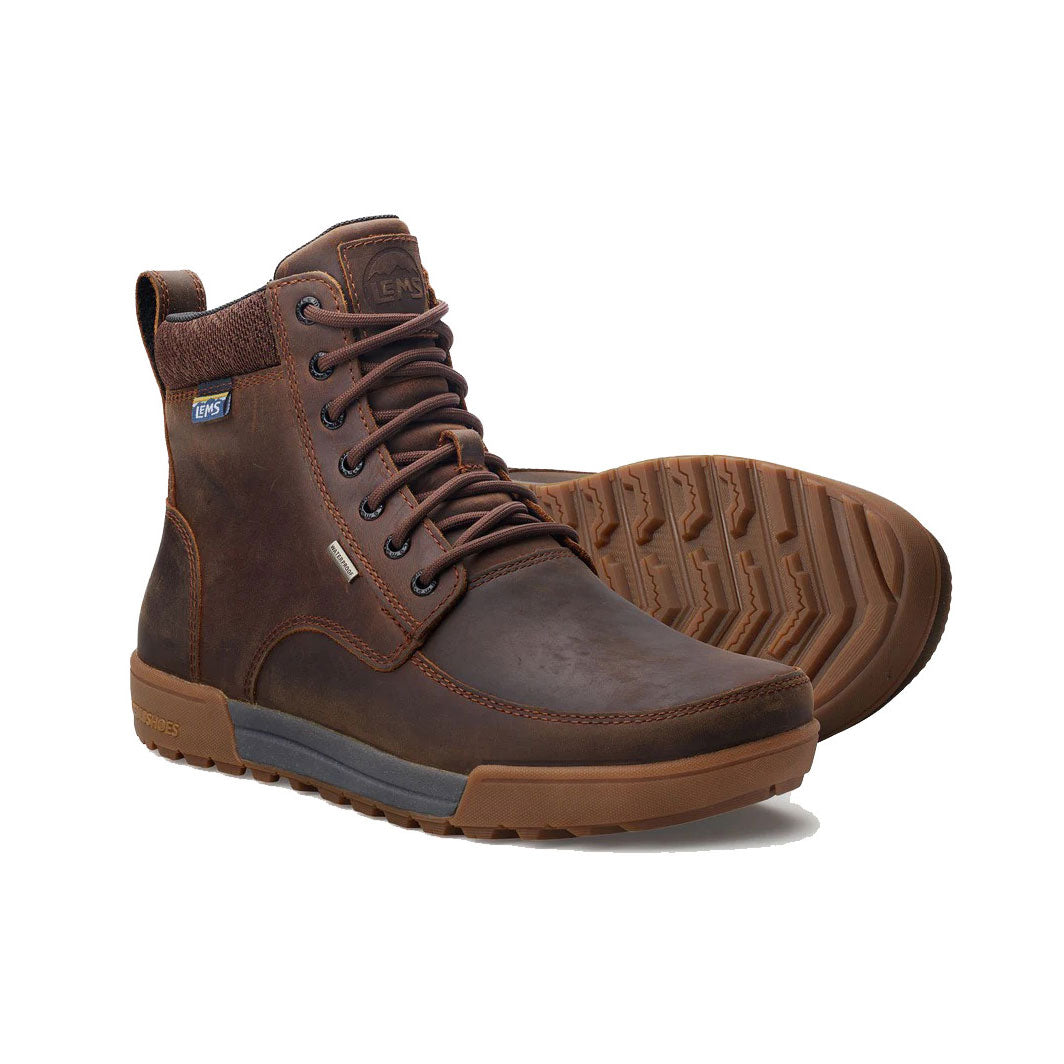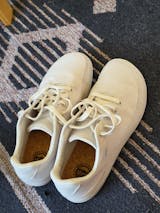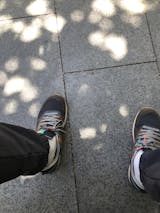If you don’t put much thought into the type of school shoes you buy for your children, it’s time for that to change. Like most parents, you may only factor in two things when selecting a pair of shoes for the new school year – size, and perhaps an appropriate colour that conforms to the child’s school uniform requirements. Well, today we are talking about why you should be paying close attention to the type of shoes your kids wear, and how incredibly damaging ‘traditional’ school shoes are for your children’s feet, overall development, and the problems they cause later on in their adult life.
Considering the fact that, on average, school-going children spend at least 30 hours a week wearing school shoes – that is approximately 15,000 hours in their entire lifetime – it is so important to understand the consequences of using improper and/or ill-fitted footwear during school hours. Along with the amount of time your child spends in these traditional yet harmful school shoes, the types of activities they perform during school hours must also be considered. Playing, running, jumping, and other physical activities require full functionality of the feet in order to carry out these movements efficiently; when a child’s feet are confined to hard, rigid school shoes, it impedes the natural development of their motor skills and overall potential. And this is only the beginning.
What are the Consequences of Wearing Traditional School Shoes?

The average pair of school shoes is made with durability at the forefront of the design. This is because kids are very active and spend many hours in the week running, skipping, hopping, and walking around. Therefore, large scale (as well as many small scale) manufacturers create traditional school shoes that are rigid, heeled, and stiff-soled with narrow toe boxes. The combination of wearing shoes with these damaging features can be detrimental to one's feet in both their childhood and adulthood.
By inhibiting the natural movement of the foot with restrictive footwear, school-going children end up with compromised foot function and form. Not to mention weakening of the muscles that make their feet and ankles more prone to injury. Other ill-effects of wrongly constructed shoes lead to bunions, hammer and claw toes, fallen arches, and inefficient muscular development. Unless these consequences are taken seriously and rectified, the long term effects will only worsen.
Studies show that children who wear improper school shoes are more likely to develop arthritis, poor posture, and various other conditions related to the back, knees and ankles in their adult life. This is because the feet have not been given a chance to reach their full potential in terms of strength, mobility, and function.
What Type of School Shoes Promote Healthy Children’s Feet?

The idea behind designing school shoes that will help accelerate foot function and development as opposed to hindering healthy growing feet in kids is to allow organic movement and unrestricted splay. To achieve this, shoe makers follow a concept called ‘barefoot footwear’ that is essentially lightweight, foot-shaped shoes with additional features that counter the damage of traditional school shoes. These include flat and flexible soles, wide toe boxes, and zero-drop heels.
The perks of wearing school shoes of this nature is that they mimic barefoot living which, ultimately, is the gateway to healthy feet in kids and adults alike! It should also be noted that the feet are sensitive parts of the body with multiple nerve-endings that provide sensory feedback to the brain. This is an imperative part of foot function as these sensory messages play a significant role in developing a child’s motor skills.
For these reasons, and more, parents should be looking for school shoes that are specifically designed to give children’s feet the freedom they require to move, feel, and spread the way nature intended. Fortunately, with mounding evidence to prove that traditional and modern school shoes are harming our children’s feet and overall development, there are several options in the barefoot category to find the perfect, healthy school shoes for your child.
What Constitutes Healthy Kids Feet?

From the time they are born, up until preschool, babies and children spend most of their time barefoot. As soon as they are confined to footwear that is not foot-shaped, that’s when we unknowingly put them on the path to dysfunctional feet.
Children with healthy feet are those that spend a large chunk of their day barefoot, and wear the right shoes during school hours. In doing so, their feet are exposed to many different sensations; their toe splay remains organic which helps with stability; and there is absolutely no restriction in movement and flexibility. All this means is that the child’s feet are free to function naturally which, in turn, strengthens the muscles in the feet, increases joint mobility, encourages optimal sensory feedback, and essentially does away with the potential foot problems that come with wearing traditional school shoes.
CONCLUSION
It is our responsibility as parents to prioritise our children’s foot health from an early age. This begins with their transition from ‘booties’ to shoes and, more importantly, carries forward as they are introduced to ‘school shoes’. Right from preschool, all through their years of schooling; we must ensure that they are wearing healthy school shoes, and educate them on the importance of barefoot living to maintain optimal foot health for their entire lifetime.
At bprimal, we work with shoemakers and brands who create natural footwear that are made to encourage better foot health by repairing the damage caused by long term use of modern shoes. These minimalist or healthy footwear alternatives ensure proper preservation of one’s natural foot shape and function thanks to their inclusion of all the design specifics needed to achieve optimal foot health. Some of these features include wide toe boxes, slim and flexible soles, and no heel elevation.
Our involvement and interaction with people who create and promote products that help individuals fix their foot problems has also inspired us to spread crucial awareness – relating to prioritising foot health as told by the experts – via our blog. Learn More - check out bprimal educational articles here, and browse through the different brands and collections of natural footwear and foot health restoration products we carry.
DISCLAIMER:
The above content is for educational or informational purposes only and is not intended to replace or augment professional medical instruction, diagnosis, or treatment. Read the full Terms and Conditions & Disclaimer here.



